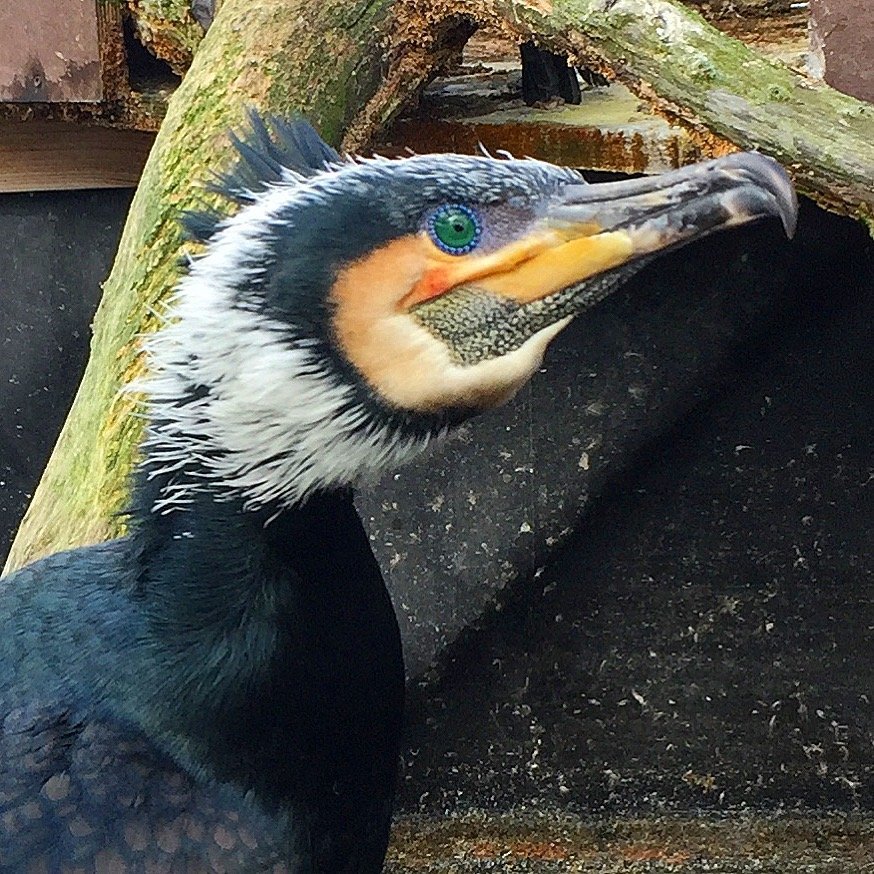Great cormorants can hear underwater as well as whales

MANY BIRD SPECIES find their food underwater, and until now it was thought they relied mostly on visual cues to hunt. But a new study shows for the first time that at least one aquatic bird species may be relying on more than their eyes.
Great cormorants (Phalacrocorax carbo) are widely distributed birds, found near lakes and oceans across Europe, North America and Australasia, and among birds they are considered one of the most effective underwater hunters in the world.
“They are visual hunters but they are just as efficient hunters in turbid waters as in clear waters. They also thrive very well on Greenland, finding enough fish to keep them fed and warm through the dark polar nights,” said Kirstin Anderson Hansen, a marine biologist and expert in animal behaviour from the University of Southern Denmark, who led the new study, published in The Science of Nature.
“It is this information that got me thinking there must be some other kind of cues they are receiving or sense they are using, if they are able to live and hunt through the dark winter on Greenland,” she added.

The findings could have conservation implications for the aquatic bird species. (Image: Sofia Berg Hansen)
Kirstin tested the underwater hearing abilities of the great cormorant using a laboratory setup where she exposed the bird to various tones underwater. The bird was encouraged to swim underwater and follow a tone of specific intensity, after which it was rewarded with a tasty fish treat. Following this strategy, the researchers found the bird was able to detect tones as low as 2 kHz, well within the 1-4 kHz hearing range of seals and toothed whales.
“This is the first evidence that aquatic birds can hear underwater,” said Kirstin.
Their hearing range also coincides with the underwater noise made by some of their fish prey, she said.
“Their hearing range falls within the caplin and herring vocalisation range. So the cormorants may very well be using auditory cues to assist in finding and localising the fish.” However, she said further research is needed to confirm they indeed rely on their hearing abilities to hunt.
Klaus Lucke, a physiologist who specialises in animal acoustics at Curtin University in Perth said “the results are of high scientific and regulatory importance as hardly anything is known about the acoustic sensitivity in diving birds.”
The findings also have conservation implications. There is an ongoing debate about how marine mammals and fish are affected by man-made underwater noise sources, such as naval activities, marine sports or offshore wind farms, explained Kirstin. “Our paper shows that this discussion also has to take marine birds into account,” she said.
“With sound levels emitted by some human activities reaching dangerous levels, this would imply that birds are, like marine mammals and fish, at risk of being impaired or injured,” added Klaus, who was not involved in this study.
With more than 800 bird species feeding from underwater resources, this new study is just scratching the surface, said Kirstin, who is now preparing to expand her research into other bird species.
“We are preparing to investigate other species of marine birds, specifically Arctic and Antarctic species, such as common murre, puffins, and Antarctic penguins,” she said.




